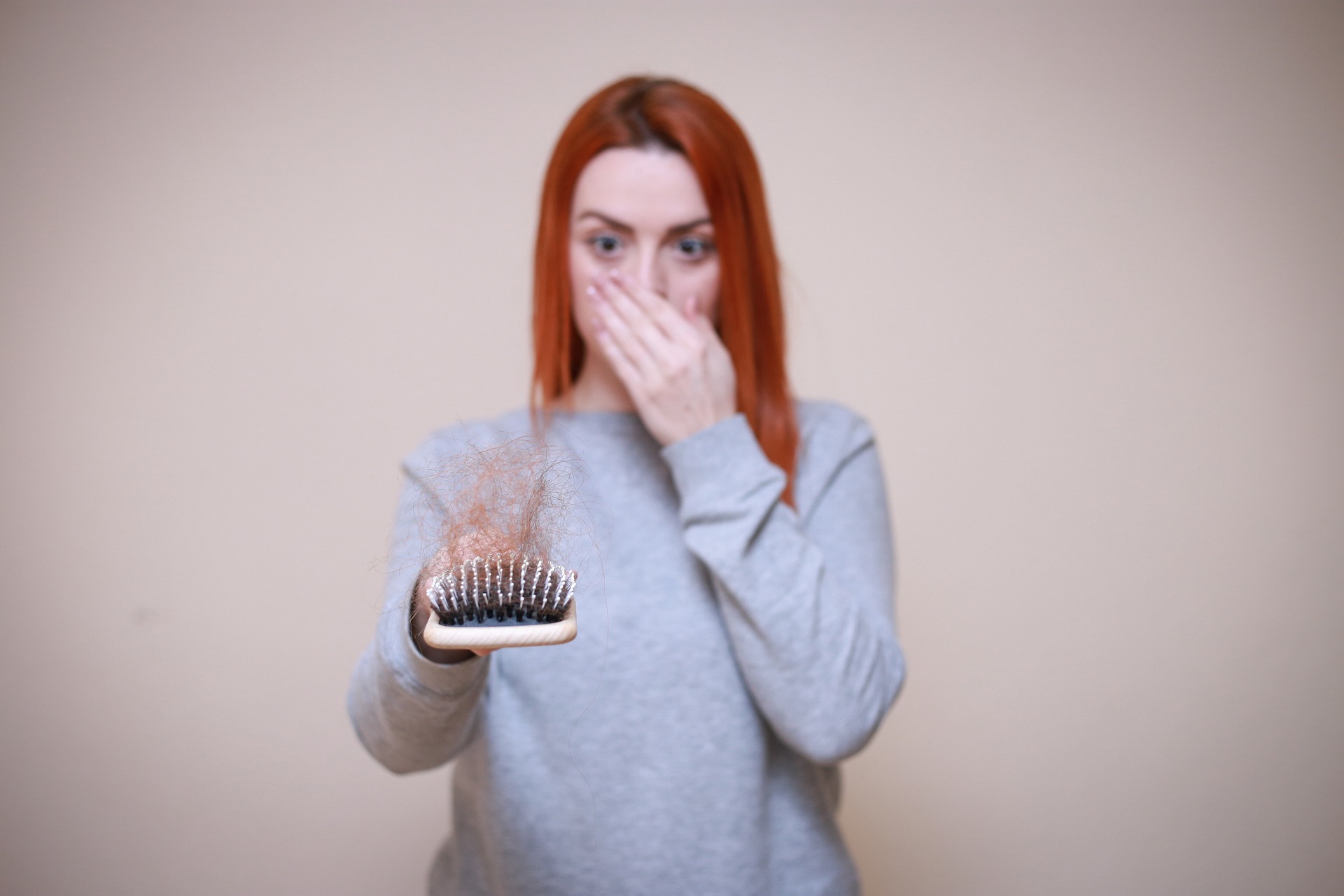Hair loss can be an embarrassing and triggering problem for both men and women. The good news is that many solutions are available to help combat this issue. Several solutions exist for preventing and treating hair loss, from natural remedies to medical treatments. In this article, we’ll discuss the underlying causes of hair loss and the most effective measures to prevent it from happening in the first place. Whether you’re experiencing thinning hair or baldness, keep reading to discover how to regain control over your locks.
Causes of Hair Loss
 Hair loss is a common issue that negatively affects millions of people worldwide. Various factors, including genetics, hormonal imbalances, medical conditions, and environmental factors, can cause it. One of the most common causes of hair loss is heredity. If your family has a history of baldness or thinning hair, you may also be more likely to experience it. Hormonal shifts can also play a role in hair loss for both men and women. For example, testosterone can cause male-pattern baldness in men. Medical conditions such as thyroid disorders and autoimmune diseases can also contribute to hair loss.
Hair loss is a common issue that negatively affects millions of people worldwide. Various factors, including genetics, hormonal imbalances, medical conditions, and environmental factors, can cause it. One of the most common causes of hair loss is heredity. If your family has a history of baldness or thinning hair, you may also be more likely to experience it. Hormonal shifts can also play a role in hair loss for both men and women. For example, testosterone can cause male-pattern baldness in men. Medical conditions such as thyroid disorders and autoimmune diseases can also contribute to hair loss.
In addition, certain medications like chemotherapy drugs are known to cause significant hair loss in patients undergoing treatment. Environmental factors can also lead to hair loss over time. Stress hormones like cortisol have been shown to interfere with normal hair growth cycles. Understanding the causes of hair loss is important when seeking treatment options or preventative measures. Whether it’s a genetic predisposition or external environmental triggers causing your condition – knowing the root cause will help guide effective interventions for healthier-looking locks.
Treatments for Hair Loss
 Various hair loss treatments are available, ranging from non-surgical to surgical options. One of the most popular non-surgical treatments is medication such as Finasteride and Minoxidil. These medications help to slow down hair loss and promote new hair growth. Another non-surgical option is low-level light therapy (LLLT), which involves using a special device that emits red light onto the scalp to stimulate hair growth. LLLT has shown promising results in improving hair density and thickness. For those with advanced stages of balding, a more permanent solution may be needed, such as a hair transplant.
Various hair loss treatments are available, ranging from non-surgical to surgical options. One of the most popular non-surgical treatments is medication such as Finasteride and Minoxidil. These medications help to slow down hair loss and promote new hair growth. Another non-surgical option is low-level light therapy (LLLT), which involves using a special device that emits red light onto the scalp to stimulate hair growth. LLLT has shown promising results in improving hair density and thickness. For those with advanced stages of balding, a more permanent solution may be needed, such as a hair transplant.
This procedure involves taking healthy hairs from donor areas on the scalp and transplanting them onto thinning or balding areas. Scalp micro-pigmentation is another option for those who do not want surgery but still desire the appearance of having a full head of closely-cropped hair. This technique involves depositing tiny pigments into the scalp to create realistic-looking stubble or short hairstyles. Not all treatments work equally well for everyone, so it’s essential to consult a qualified specialist before choosing any specific treatment plan. Depending on your circumstances, your doctor or dermatologist may recommend one or several approaches.
Conclusion
Regardless of your chosen treatment method, it’s crucial to make healthy lifestyle changes by eating a balanced diet rich in protein and vitamins while avoiding harsh chemicals and heat styling tools that can damage your hair. With dedication and patience, you can successfully manage your hair loss for healthier strands in no time.

